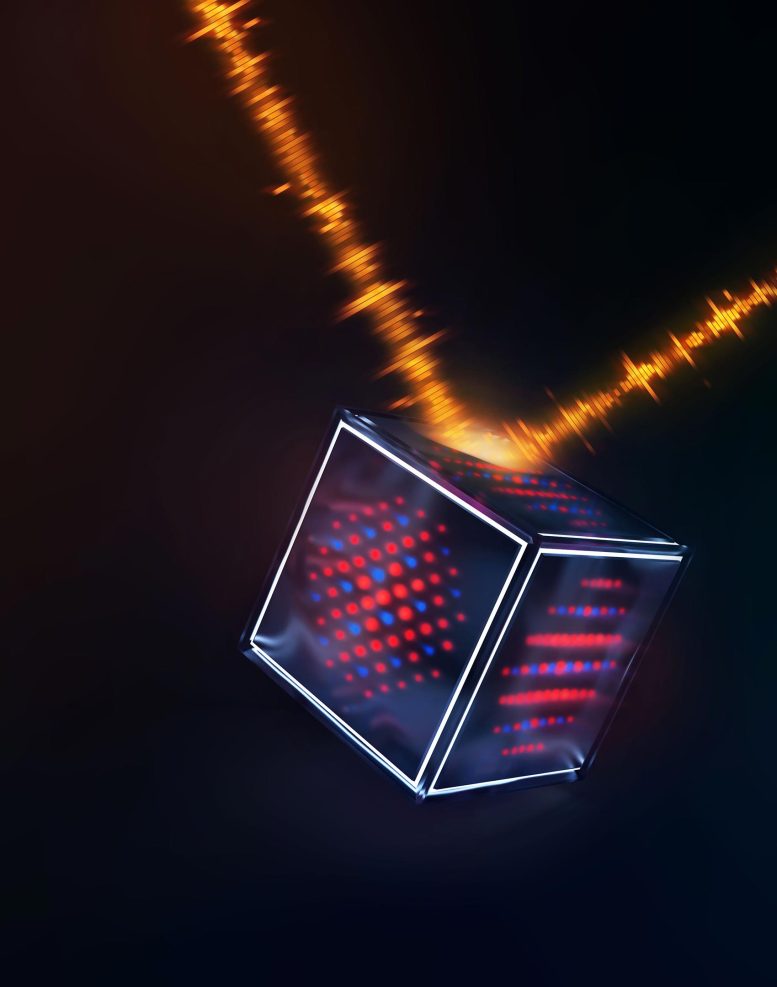
A logical qubit is embedded into the state space of a harmonic oscillator using the grid code, represented here by faces of the cube. Quantum error correction protects these grid states from corruption by a noisy environment, symbolized by the ray. Credit: Image courtesy of Polina Shmatkova
Researchers have achieved a major milestone in quantum computing by extending the lifetime of quantum information beyond the breakeven point using Quantum Error Correction, opening the path for effective quantum information processing amidst real-world noise.
Understanding Decoherence and Quantum Error Correction
Decoherence is a foundational phenomenon in which the classical behavior emerges from the quantum laws of nature. This quantum-classical interface presents significant hurdles in utilizing these laws for information processing, especially in the field of quantum computing. Practical issues, like stray radiation, can cause a quantum computer’s qubits to alter their quantum states, resulting in a loss of stored information.
The Breakeven Point and Quantum Error Correction
To mitigate the effects of decoherence, Quantum Error Correction (QEC) is implemented. Despite this, previous experimental attempts to use QEC were mostly unsuccessful as the speed of the error correction was slower than the rate of decoherence. This resulted in the quantum system losing information faster than QEC could compensate. The term ‘breakeven’ describes the juncture where the added complexity of the correction circuit just manages to counteract the induced decoherence.
Extended Lifetimes and New Possibilities
In a groundbreaking experiment, scientists have managed to extend the lifetime of quantum information past the breakeven point by over twofold. This significant finding demonstrates that no fundamental roadblocks exist in extending the lifetime of quantum information through active interventions. This experimental achievement aligns with scientists’ theoretical expectations and paves the way for quantum information processing in the presence of noise from radiation, cosmic rays, and other sources.
Looking Forward: Error-Corrected Qubits and Real-World Challenges
As quantum systems in the real world are unavoidably affected by noise, the next challenge for this research platform is to realize high-fidelity logical operations between two error-corrected qubits.
Implementing Grid Code in Quantum Experiments
The experiment utilized the grid code within an electromagnetic mode located in a superconducting cavity. The quantum state of this mode is managed by an auxiliary superconducting circuit, known as the transmon. To conduct the experiment, scientists cooled the system inside a dilution refrigerator to a temperature 100 times colder than the cosmic background of outer space. An external controller coordinated the quantum error correction process, which only took a few hundred nanoseconds, and a reinforcement learning agent optimized the process to offset the imperfections in the experimental setup and the controller.
Reference: “Real-time quantum error correction beyond break-even” by V. V. Sivak, A. Eickbusch, B. Royer, S. Singh, I. Tsioutsios, S. Ganjam, A. Miano, B. L. Brock, A. Z. Ding, L. Frunzio, S. M. Girvin, R. J. Schoelkopf and M. H. Devoret, 22 March 2023, Nature.
DOI: 10.1038/s41586-023-05782-6
This work was conducted at Yale University and funded in part by the Co-design Center for Quantum Advantage (C2QA), a national quantum information science research center led by Brookhaven National Laboratory.
This research was supported by the U.S. Army Research Office and by the Department of Energy Office of Science, National Quantum Information Science Research Center, Co-design Center for Quantum Advantage (C2QA). The use of fabrication facilities was supported by the Yale Institute for Nanoscience and Quantum Engineering and the Yale School of Engineering & Applied Science Cleanroom.

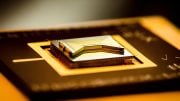
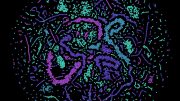
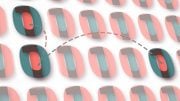
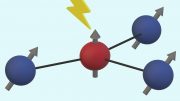
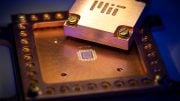
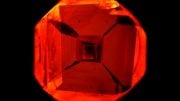


Be the first to comment on "Quantum Error Correction: Shattering the Breakeven Barrier"